Slow Scan TV
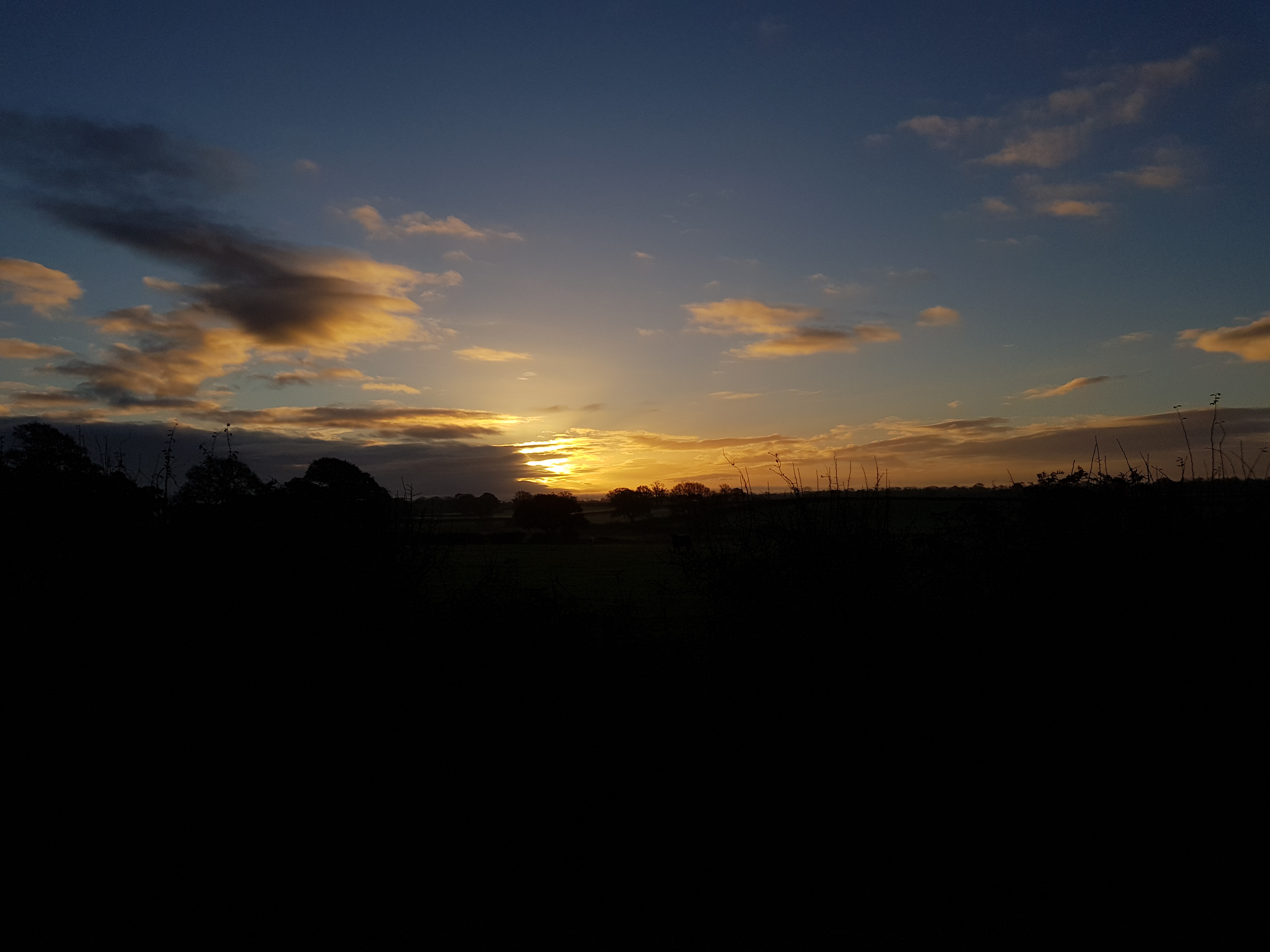
- Home
- Walking and Cycling
- Photography
- Amateur Radio - Introduction
- Slow Scan TV
- GB3TD Repeater
- Satellites
- Navtex - Marine Safety Info
- SDR - Software Defined Radio
- G2B - Special Contest Call
- Amateur Radio Contests
- QRP - Operating Notes
- Decoding FM DAB signals
- Decoding ADS-B
- Links to Useful Sites
- NOAA Weather Satellites
SSTV - short for Slow Scan TeleVision - has been an area of the hobby that has interested me for a long time.
As mentioned, I didn't have the skills to be able to construct the necessary equipment to make and receive SSTV images; but I was fortunate in that, with some judicious saving, I could afford to purchase a signal converter to do the job.
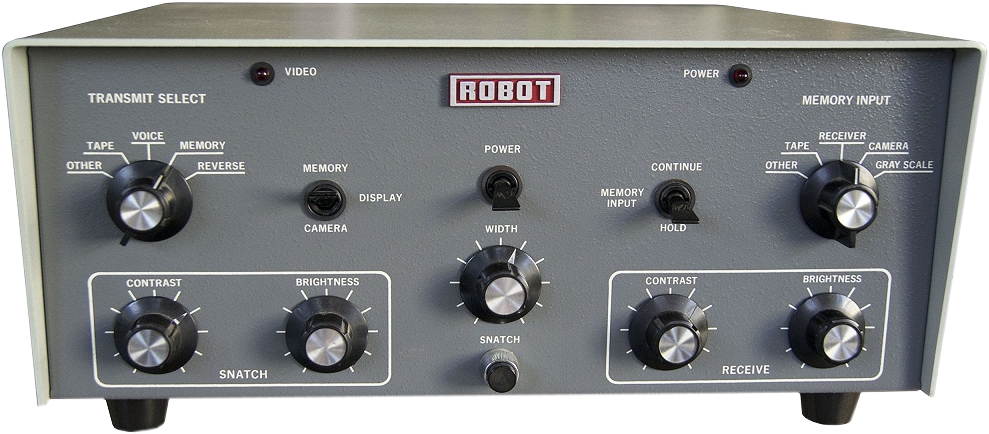
Robot 400 Mono SSTV Converter
The Robot 400 captures signals from serveral different 'fast scan' sources; TV, audio tape, computer generated etc., and converts them to a 'slow scan' image.
This low resolution image comprises 128 lines of 128 pixels per line - so 16,384 pixels - made up from 16 grey shades. Each shade is represented by 4 binary bits, so 65.536 kb is required to store an image! 😊 Images are stored in 16-off 4k dynamic RAM chips.
The output images are formed by 16 tones - 1 for each grey shade - in the range of 1200 to 2300 Hz. It is very easy therefore to record images on audio tape.
I had my first SSTV QSO on 15th January 1985. It was with a station in Selsey, near Stroud - Peter/G4ENA, who has designed SSTV circuits and written publications on the subject.
I used the Robot converter in conjunction with an Icom IC251E multimode 2m transceiver; a 9 element Tonna beam; the ubiquitous BBC 'B' microcomputer; an ex Redifusion CCTV camera and a Grundig CR455A 4mm audio cassette deck.
Afew months later, I was able to receive images of one of the first space to Earth SSTV transmissions from Dr. Tony England/W0ORE on board the space shuttle Challenger!
I've managed to bring back to life an historic recording of the one of the first space to Earth SSTV transmissions from 1985.
The date was Saturday 3rd August 1985 and the transmission started at approximately 19:10 GMT.
The recording link has all the comments from Dr. Tony England/W0ORE on board the shuttle and is well worth listening to! 😃
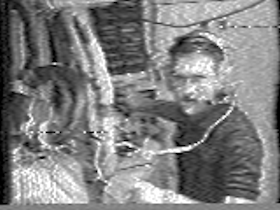
My received image taken off air
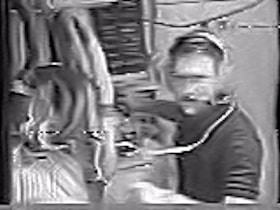
My received image after cleaning up with Paint Shop Pro
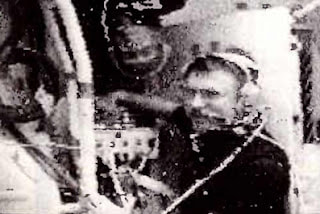
Monochrome image received by GB3RS
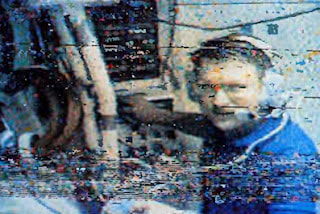
Colour image received by GB3RS
This particular hobby had, in some ways, changed markedly during 1996 and 2018! A whole new area of operation had sprung up - Digital Mobile Radio or DMR for short.
I found all of this to be particulalrly complex though and decided to persevere with trying to make contacts without having to use digital radio.
Something that, fortunately, hadn't dissappeared was Slow Scan TV! Now though, you could achieve it using software alone and send and receive colour images too!
I quickly worked out which application would work with my specific set-up of radio and computer and 'set to' to see if I could contact, or at least receive to start with, some stations.
I have had some little success with transmiting and receiving images, but much more with receiving SSTV pictutes from the International Space Station.
Here are a selection:
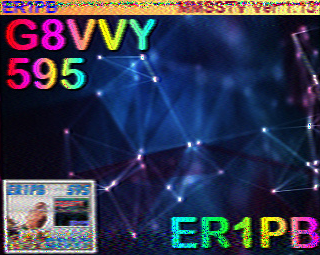
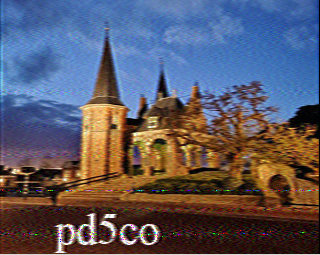
These images are from contacts made on the HF bands - the 20m band to be specific
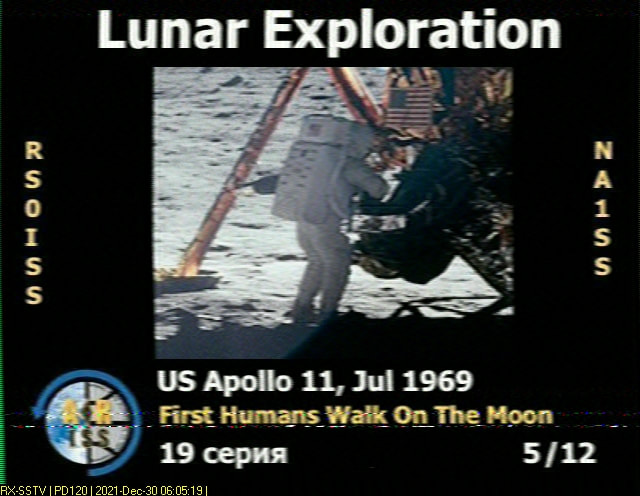
Lunar Exploration ISS - 1
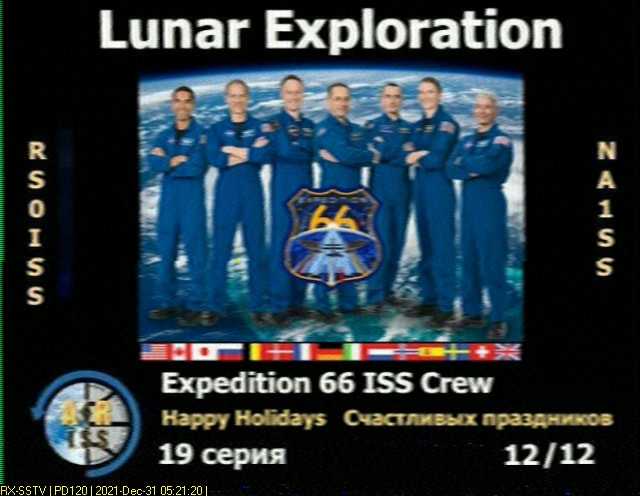
Lunar Exploration ISS - 2
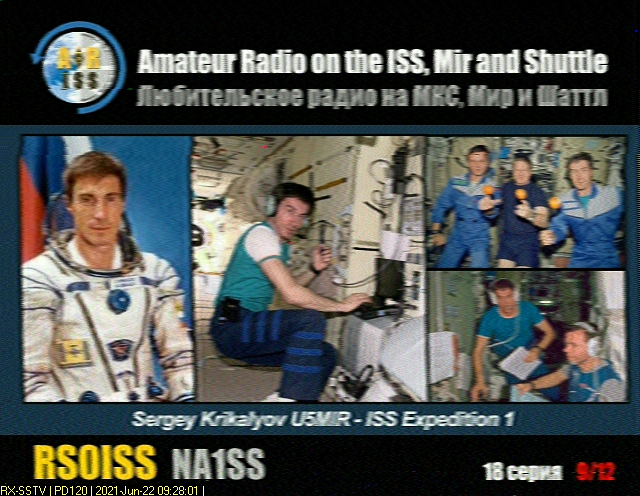
ARISS MIR and Shuttle - 1
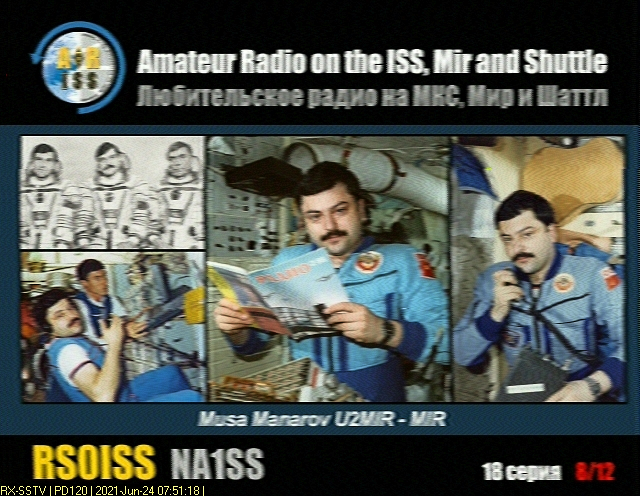
ARISS MIR and Shuttle - 2
These images are all from the ISS - received on the 2m VHF band